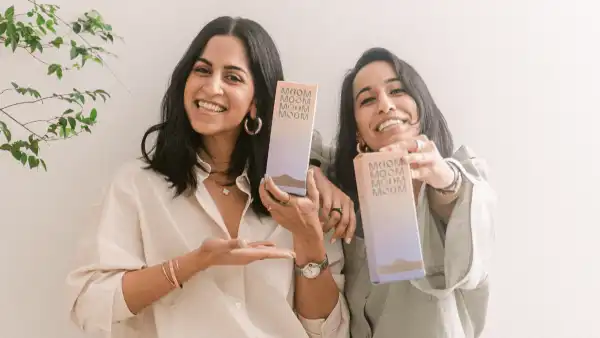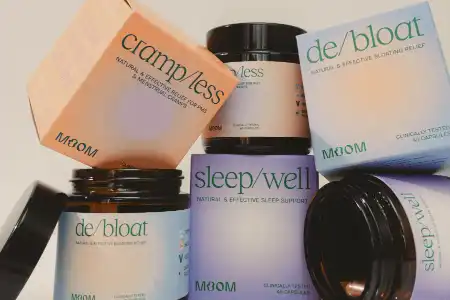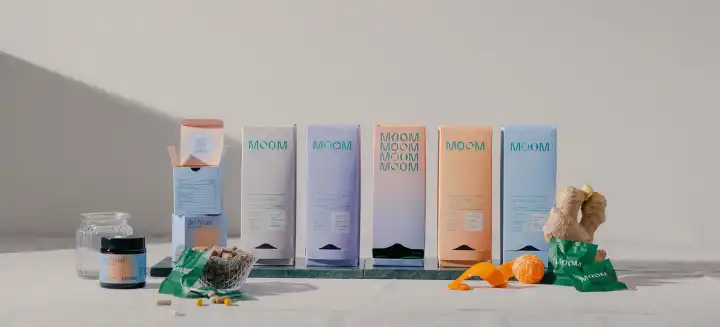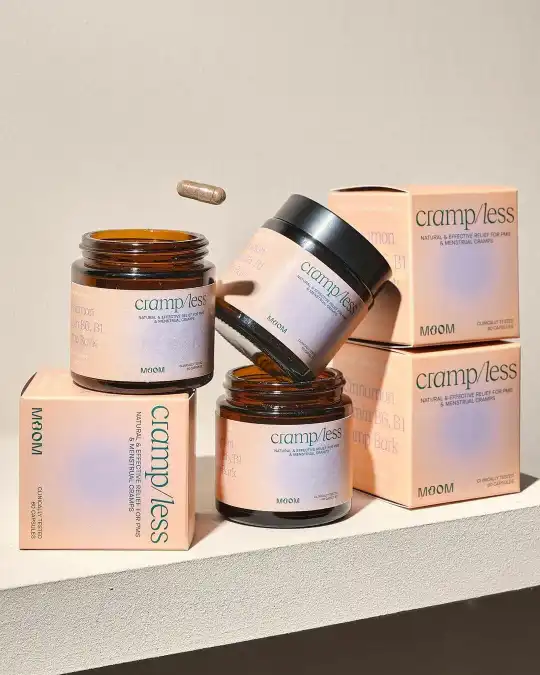Origins: A Personal Health Journey
Moom Health began not with a pitch deck, but with Maya Kale’s teenage diagnosis of PCOS. At 15, Maya was one of the rare cases who exhibited nearly every side effect of the hormonal imbalance. The prescription was standard: years on the pill. But the side effects were overwhelming. “She basically decided to get off it cold turkey and wanted to learn how to manage her symptoms naturally,” Mili recalls. Supplements, diet, lifestyle changes, and traditions like Ayurveda and Chinese medicine offered some answers. Yet finding high-quality, localized solutions in Singapore was nearly impossible.
“As we spoke to women in our community, we realized everything was coming from the US or Australia. There was nothing truly designed for the Asian woman,” Mili explains. Both sisters had spent time in Los Angeles, immersed in the wellness culture that shaped many global trends. Returning to Singapore, they were struck by the lack of products and language that reflected their community. That gap became the foundation of Moom. Neither had a background in consumer health. Mili worked in education and public policy. Maya was the first marketing hire at WeWork Southeast Asia. What they lacked in industry experience, they made up for with persistence and a belief that they could learn by doing. “Naivety kind of allowed us to launch,” Mili says.
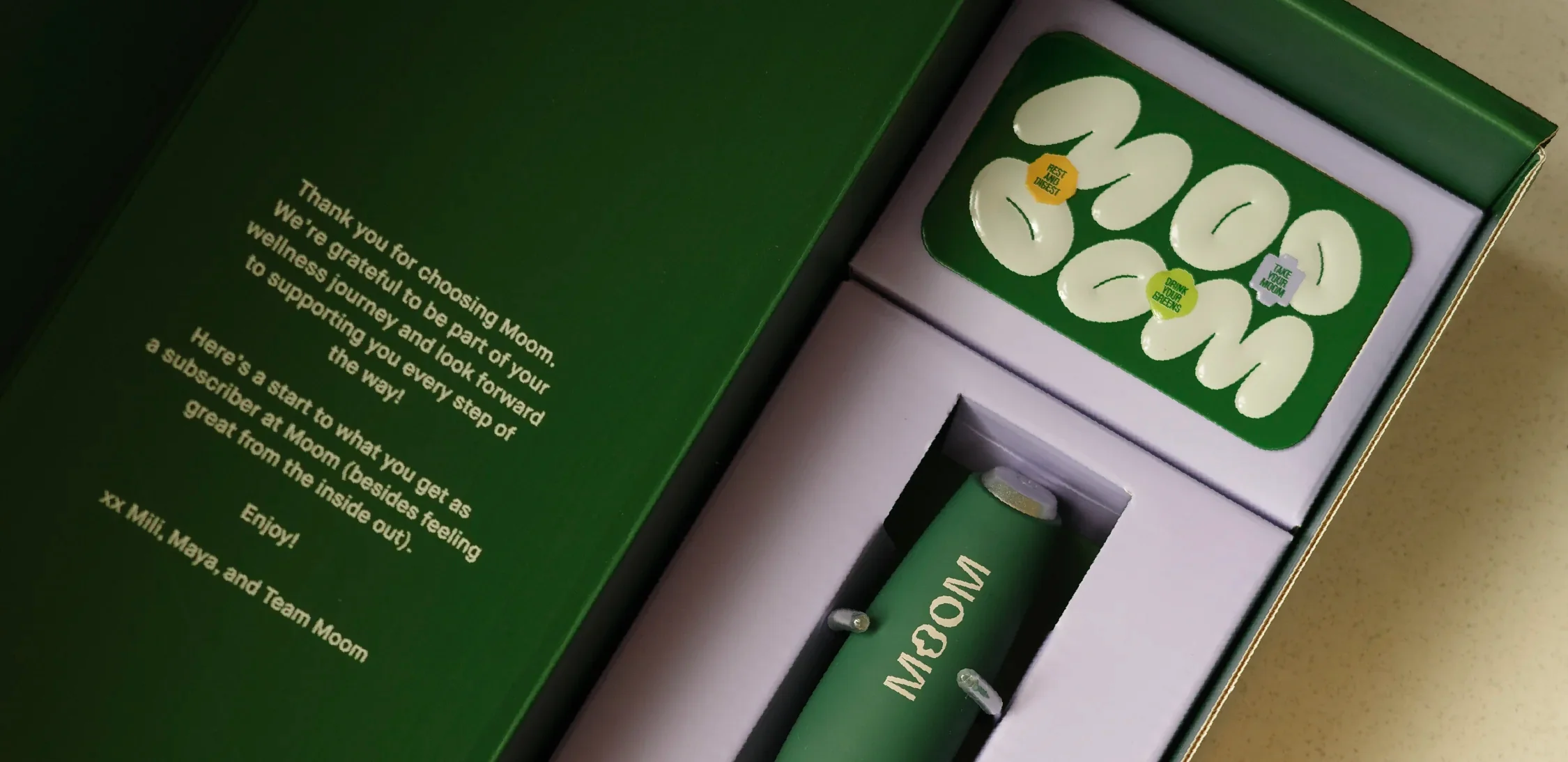
Early Days: Scrappy Validation
If the idea was born out of lived experience, the execution came from hustle. COVID brought the sisters back under the same roof for the first time in over a decade. They began sketching ideas, ranging from pregnancy tools to telehealth platforms. Ultimately, they decided to ground their business in what they knew personally: women’s health and supplements. The road to a manufacturer was grueling. “The first 50 that we reached out to, the MOQs would have bankrupted us,” Mili admits. Each rejection forced them to keep digging, cold emailing researchers and even setting up fake doctor’s appointments to get facetime with professionals. It took nearly 10 months before they secured a partner who believed in their vision and was willing to grow with them.
With formulations in hand, the sisters launched a six-month beta test with 100 women in Singapore. “It was the most janky packaging,” Mili laughs. “Maya and I were doing all the packaging ourselves. But we just wanted to see, do people take supplements every day? Do they like the formulations? Does it actually work for them?” That beta provided proof that the concept resonated and gave the sisters critical feedback on everything from dosage to taste. It also established the community-first approach that would become Moom’s trademark. As Mili puts it, “Our first line of products were the only ones we launched without full community backing. Every product since has been built with them”.
This early period was defined by persistence over polish. Neither sister had a CPG playbook. They bootstrapped their initial inventory, did customer service personally, and hand-packed every order. “We had no team for the first six months,” Mili remembers. “It was just us, doing everything”. But those scrappy beginnings built something more valuable than revenue: trust. Customers who tried Moom’s first products felt part of an authentic story, not a faceless brand. That sense of belonging created the foundation for Moom’s rapid growth.
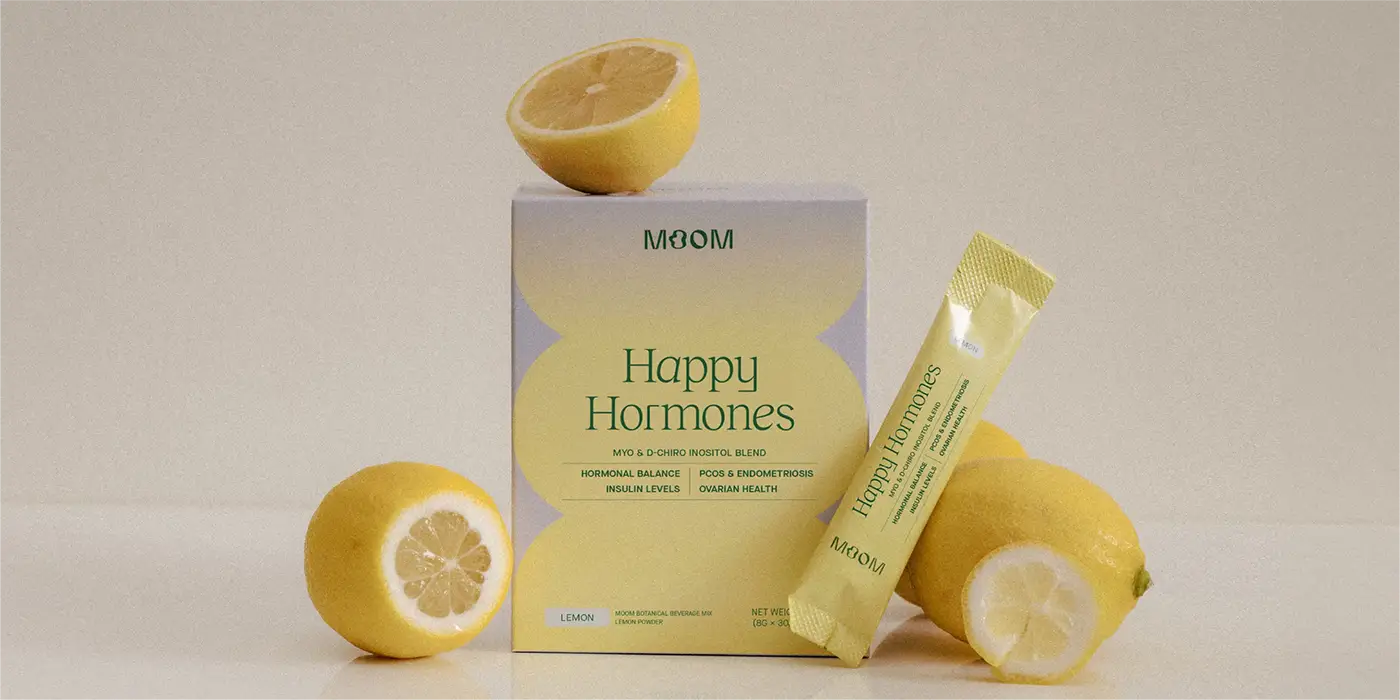
People First, Community Always
When asked about the biggest unlock for growth, Mili does not talk about performance marketing or retail expansion. She credits people. “As soon as we really had amazing people around us, our team, our advisors, that’s when things unlocked. We should have hired earlier. It’s really having the right people that’s been the huge driver of growth”.
Today, Moom’s team spans 25 across Singapore, Malaysia, and India. A warehouse team handles fulfillment while a core staff of 14 drives product development, marketing, and operations. The shift from founder to manager has been a major adjustment. “It’s a big learning curve, but a fun one. Our roles have completely changed, and that’s exciting”. Community remains the other growth engine. From website quizzes that surface health data, to focus groups, to consumer trials six months before launch, Moom relies on its audience to shape products. “We’re always shocked at how many people want to be part of what we’re creating next,” Mili says.
Clinical rigor reinforces that trust. Moom has run trials on three products, all conducted on Asian women in Asia. “When we looked at global studies, none were done here, even though so many ingredients come from Asia. It was important that our claims were tested locally”. Educating consumers in a young supplement market has been a challenge. Moom leans on packaging and touchpoints to make information accessible. “We even put the capsule size on the box, because people worried if it was too big,” Mili explains. In-person activations and digital campaigns extend that education, helping women understand not just what to take, but why. Retail expansion began in 2023 with Watson’s pharmacies and boutique studios. The brand’s strategy is to meet consumers wherever they are, whether online, in a gym, or at a specialty grocery store.
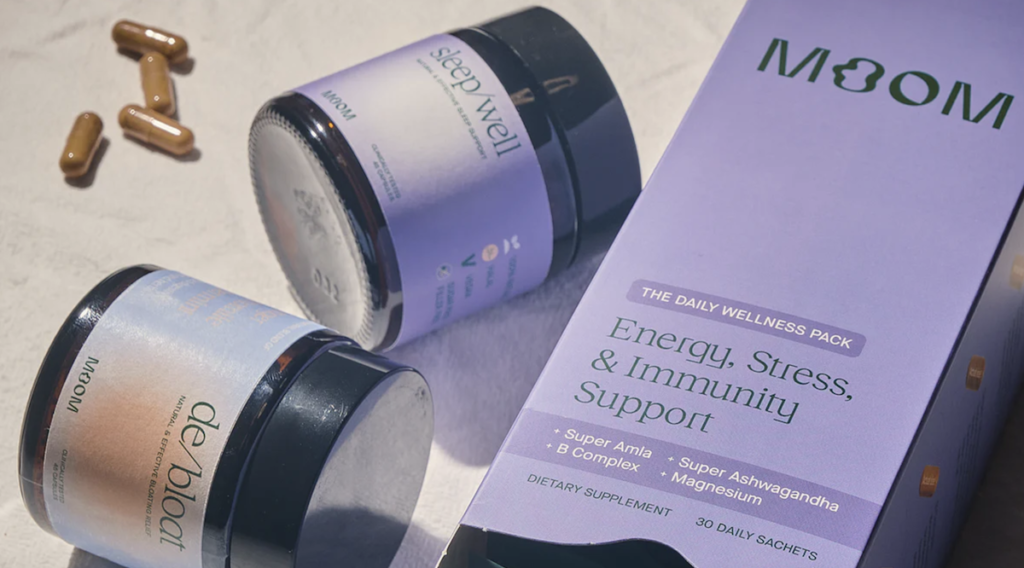
Branding and Capital
Naming the company was an afterthought. “We actually ran our beta without a name,” Mili says. Inspiration struck at the dinner table when their mother suggested Moom, a blend of their names that also nodded to “mom” and “moon cycle.” “Of course, like most ideas your mom suggests, we said no. But the more we said it, the more it made sense”. Branding followed the same scrappy path as product development. Without agency budgets, they partnered with a local artist to create guidelines that captured the balance they wanted: playful yet elevated, approachable yet sophisticated. For a year and a half, Mili and Maya executed the designs themselves, leaning on Canva and freelancers. Only later did they hire an in-house design team.
That aesthetic mattered. In a region where supplements were often seen as medicinal or clinical, Moom’s branding made products shelf-worthy, the kind consumers would proudly display like skincare or cosmetics. Capital came later, driven by necessity more than strategy. Initially, the sisters invested personal savings, fully prepared for it to “go up in flames” if things failed. But growth forced a decision: either keep running lean with no help, or raise to build a team.
In 2022, they raised a $1M SGD seed led by DSG Consumer Partners, a fund specialized in consumer products in Southeast Asia and India. They were joined by angels like Love, Bonito’s founders and the co-founders of RedMart. “We liked having women on the cap table, and people who had actually built businesses advising us”. The next raise came in April 2024: a $3.5M SGD pre-Series A led by Wipro Consumer Ventures, alongside DSG and strategic angels. The goal: expand the team, scale manufacturing, and accelerate regional growth.
Mili and Maya were deliberate in choosing investors who aligned with their vision. “We made it clear we were not going to become a tech brand. Moom is a CPG brand focused on women. That was non-negotiable”. The relationships have gone beyond capital. “We treat our investors like advisors. We bounce ideas off them, from distribution strategy to how we manage growth as founders”.
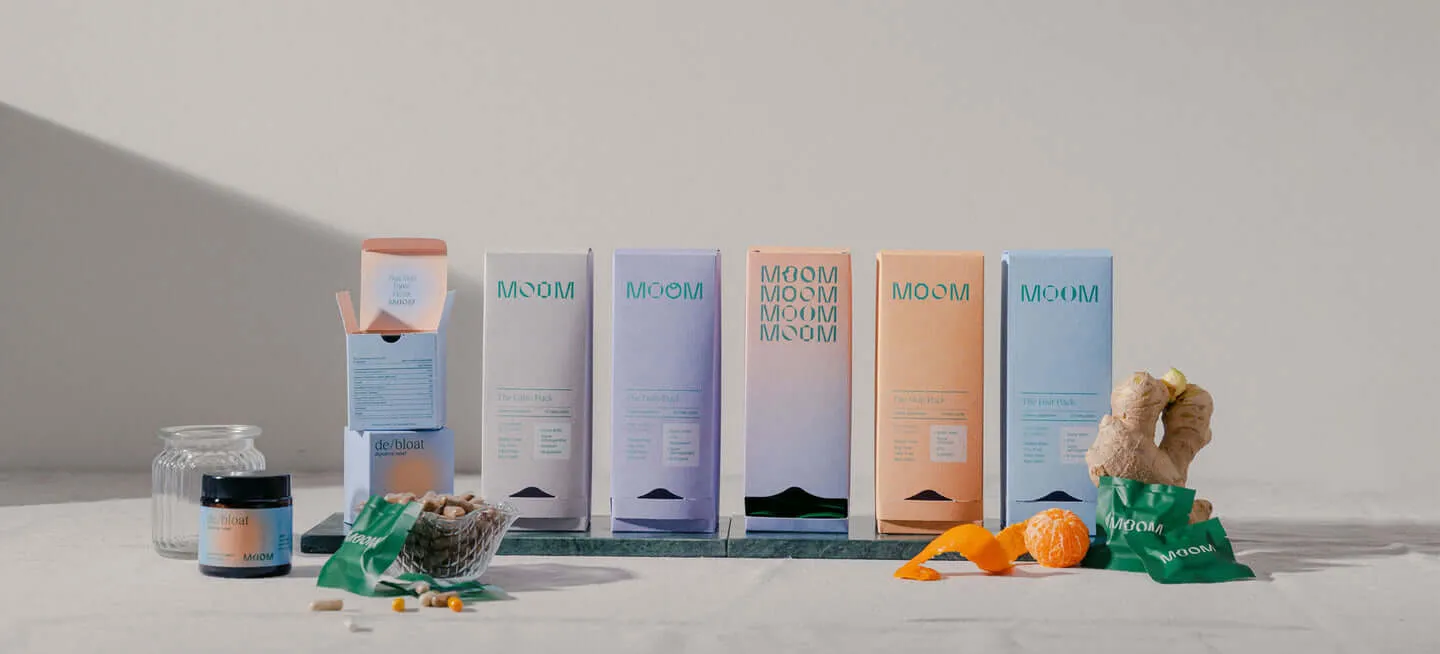
Looking Ahead
As first movers in women’s wellness in Southeast Asia, Moom’s opportunity is massive. “We want Moom to be the go-to women’s health brand in Asia. More than that, we want women to feel that Moom has their back through every life stage,” says Mili. That ambition extends beyond supplements. The founders envision building an ecosystem around women’s health, blending community, education, and products into one trusted brand. Their story shows that with persistence, humility, and a community-first approach, even newcomers without industry experience can build a trusted brand in one of the most competitive global categories.









